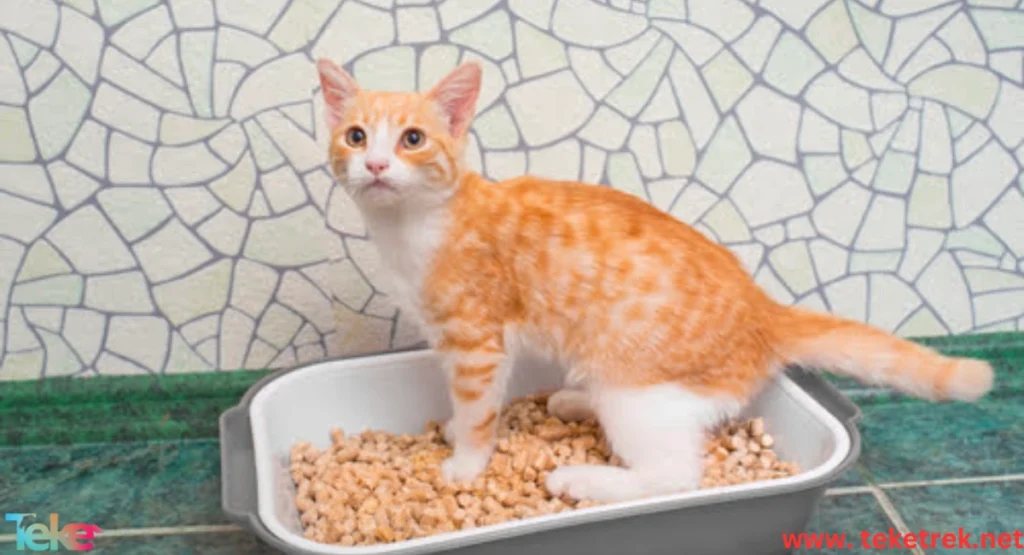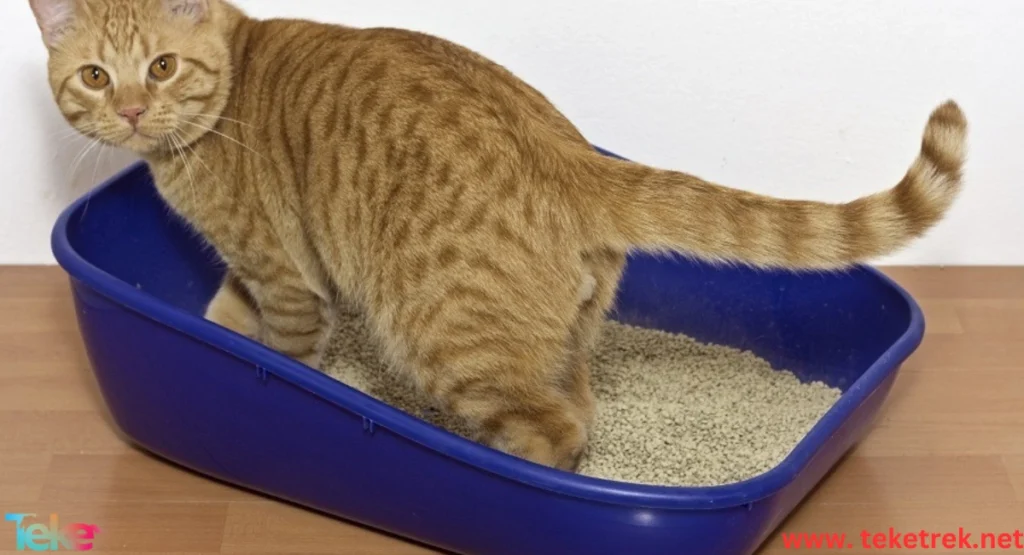Bringing a new kitten home is exciting and heartwarming, but it also comes with responsibilities — one of the most important being litter box training. While it might seem simple, it can be challenging, especially with young or newly adopted cats. Learning the right approach makes the process smoother for both you and your feline friend. Here are the details from teketrek.
Steps to Train Cats to Use the Litter Box:
Before you begin teaching your cat to use the litter box, you must understand that training doesn’t happen overnight. It’s a process that requires patience, consistency, and consideration of your cat’s individual behavior.
Here are the essential steps:
Choosing the Right Location for the Litter Box:
- Place the litter box in a quiet, low-traffic area with privacy.
- Avoid putting it near the cat’s food or water bowls.
- This way, the cat feels safe and begins to associate that spot with going to the bathroom.
Gradually Introducing the Cat to the Box:
- After bringing the cat home, place it inside the litter box several times throughout the day.
- Encourage digging by using your fingers or a special tool.
- This helps the cat connect the feeling of litter with the act of eliminating.

Observation After Meals or Sleep:
- Cats often relieve themselves after eating or waking up.
- Quickly place the cat in the box at these times to teach it to use the box automatically.
Rewarding Proper Use:
- Use rewards like toys or treats to encourage the cat after every successful use.
- This strengthens the positive association between the cat and the litter box.
Regular Cleaning of the Litter Box:
- Failing to clean the box daily might make the cat look for a cleaner place.
- A clean box means the smell remains acceptable and attractive for cats.
Training kittens to use the litter box quickly doesn’t require magic tools—it requires attention to environmental details, understanding of the cat’s behavior, and the use of positive reinforcement at the right time.
Everything you need to know about locusts: species, habitats, and feeding behavior.
Common Mistakes That Stop Cats from Using the Litter Box:
Many cat owners make small mistakes that have a big impact on their cat’s litter box habits.
Let’s look at the most common ones:
Constantly Changing the Location of the Litter Box:
- Cats love routine.
- Moving the box confuses them and makes them feel insecure.
Using a Small or Covered Box at the Start of Training:
- Some cats dislike covered boxes because they block vision or feel suffocating.
- It’s better to start with open, spacious boxes.
Choosing Scented or Irritating Litter:
- Some litter types have artificial fragrances that can irritate a cat’s strong sense of smell.
- Choose unscented litter at the start of training.
Neglecting to Clean the Litter Box Regularly:
- Accumulated waste and strong odors make the cat avoid the box.
- Daily cleaning is essential to keep the cat willing to use it.
Using Cleaners That Contain Ammonia:
- Ammonia smells like urine, which can confuse the cat.
- Use cleaners free of harsh chemicals.
Avoiding these mistakes means avoiding litter box problems altogether, making solutions unnecessary if you stick to the correct basics from the start.
Amazing Facts About the Giant Frogfish: Camouflage, Venom, and Strange Reproduction
The Best Types of Litter for Training Cats:
The type of litter you choose directly affects how quickly your cat adapts to and accepts the litter box.
Here are the best types:
Clumping Clay Litter:
- Quickly absorbs moisture and forms clumps that are easy to remove.
- Ideal for the early stages of training because it keeps the box clean.
Silica Gel Litter:
- Absorbs odor and moisture and lasts a long time.
- Despite its effectiveness, some cats dislike it because of its rough texture.
Natural, Biodegradable Litter:
- Made from corn, wheat, or wood.
- Eco-friendly and soft—some cats prefer it because of its fine texture.
Unscented Litter:
- Always preferred during training to avoid cats rejecting it due to strong smells.
- You can mix a small amount of new litter with the type your cat is used to.
Experiment and Observe:
- There’s no single perfect type for all cats.
- Try two or three types to see which your cat prefers.
Choosing the right litter box for indoor cat training starts with finding the right litter for your cat’s sensitivity and behavior.

Solutions for Cats Refusing to Use the Litter Box:
Some cats refuse the litter box due to behavioral or medical reasons.
Here are the main solutions:
Visit the Vet:
- Make sure there’s no urinary tract infection or kidney disease.
- Health problems are often behind peeing outside the box.
Add More Litter Boxes:
- A rule of “one box per cat + one extra” is useful for multi-cat homes.
- This reduces competition and gives each cat its own space.
Use Natural Cleaning Products:
- Some cats dislike the smell of bleach or harsh chemicals.
- Use diluted vinegar or water with lemon to clean spots where the cat urinated outside the box.
Use Synthetic Pheromones:
- Products like Feliway calm the cat and encourage litter box use.
- They help reduce stress linked to elimination habits.
Restart Training from Scratch:
- Sometimes the cat needs a behavioral reset.
- Confine the cat to one room with the litter box only for several days to reprogram its behavior.
Litter box problems aren’t complicated if you handle them calmly and understand the reasons behind the refusal—whether health-related or environmental.
Conclusion:
In the end, litter box training isn’t just a daily routine — it’s the foundation for your cat’s comfort and your home’s cleanliness. With patience, the right setup, and consistency, your cat will learn quickly, creating a cleaner space and a stronger bond between you both.





